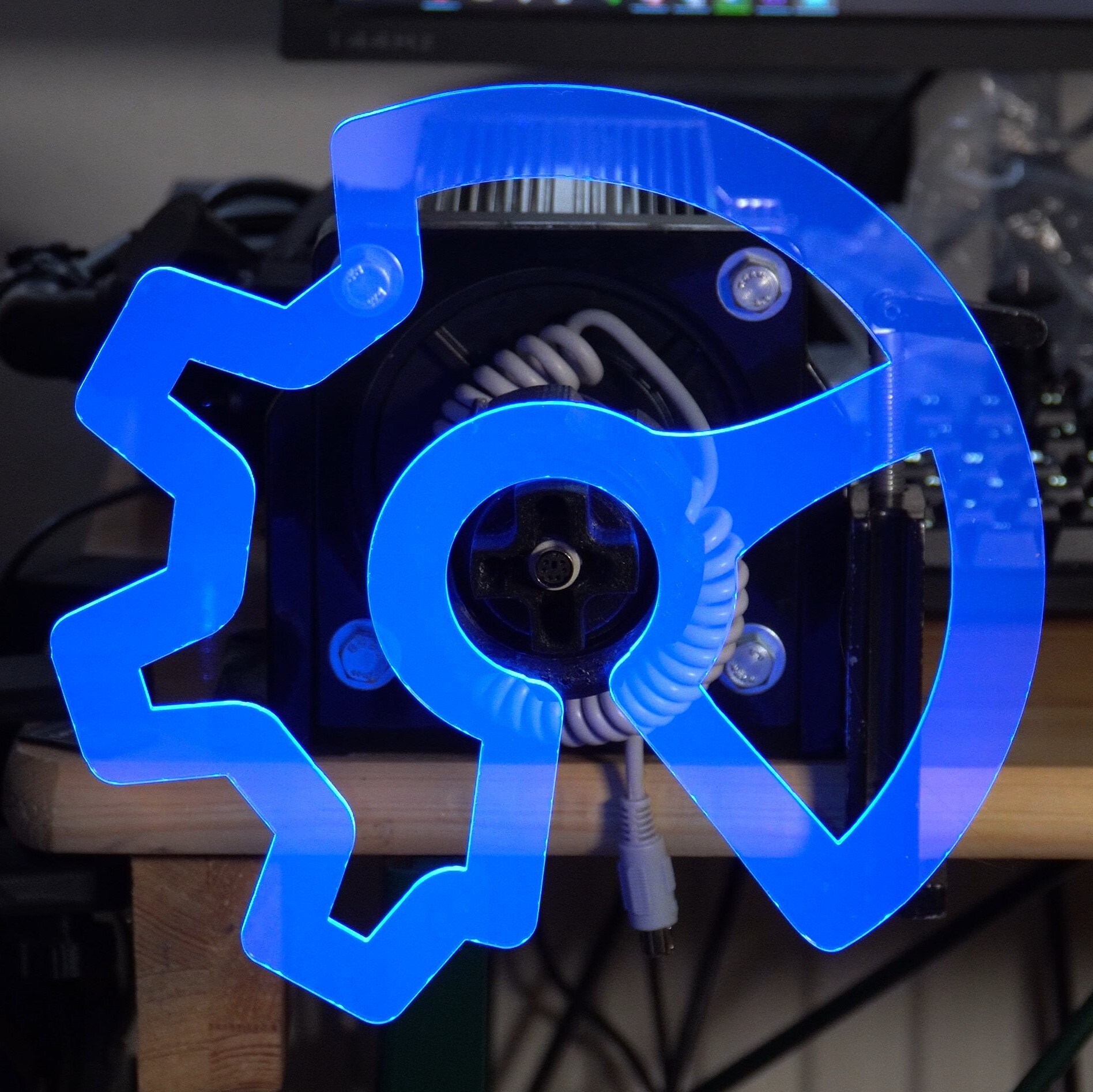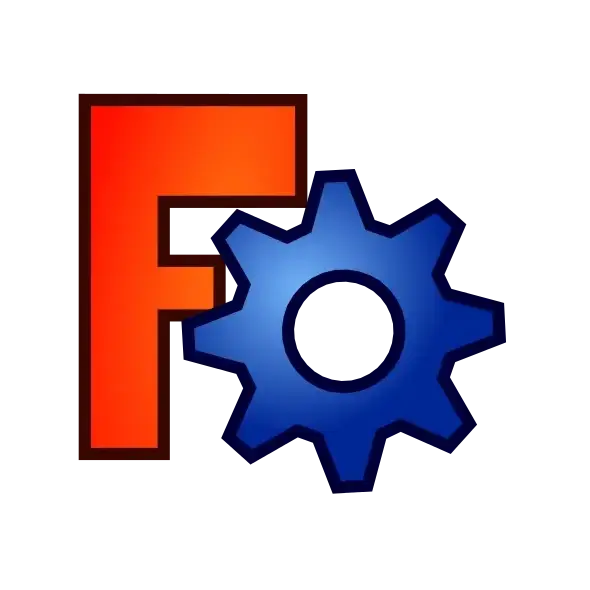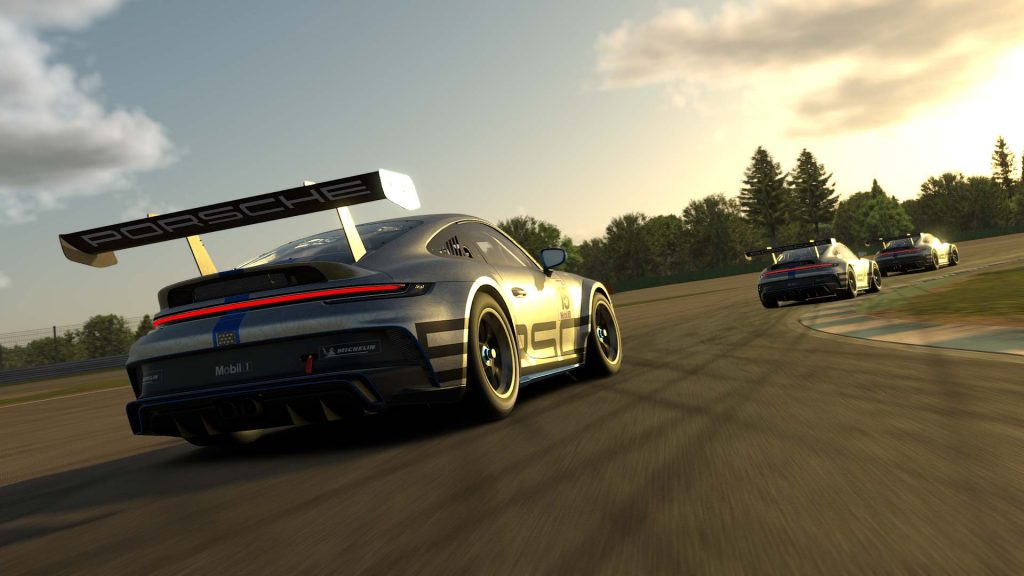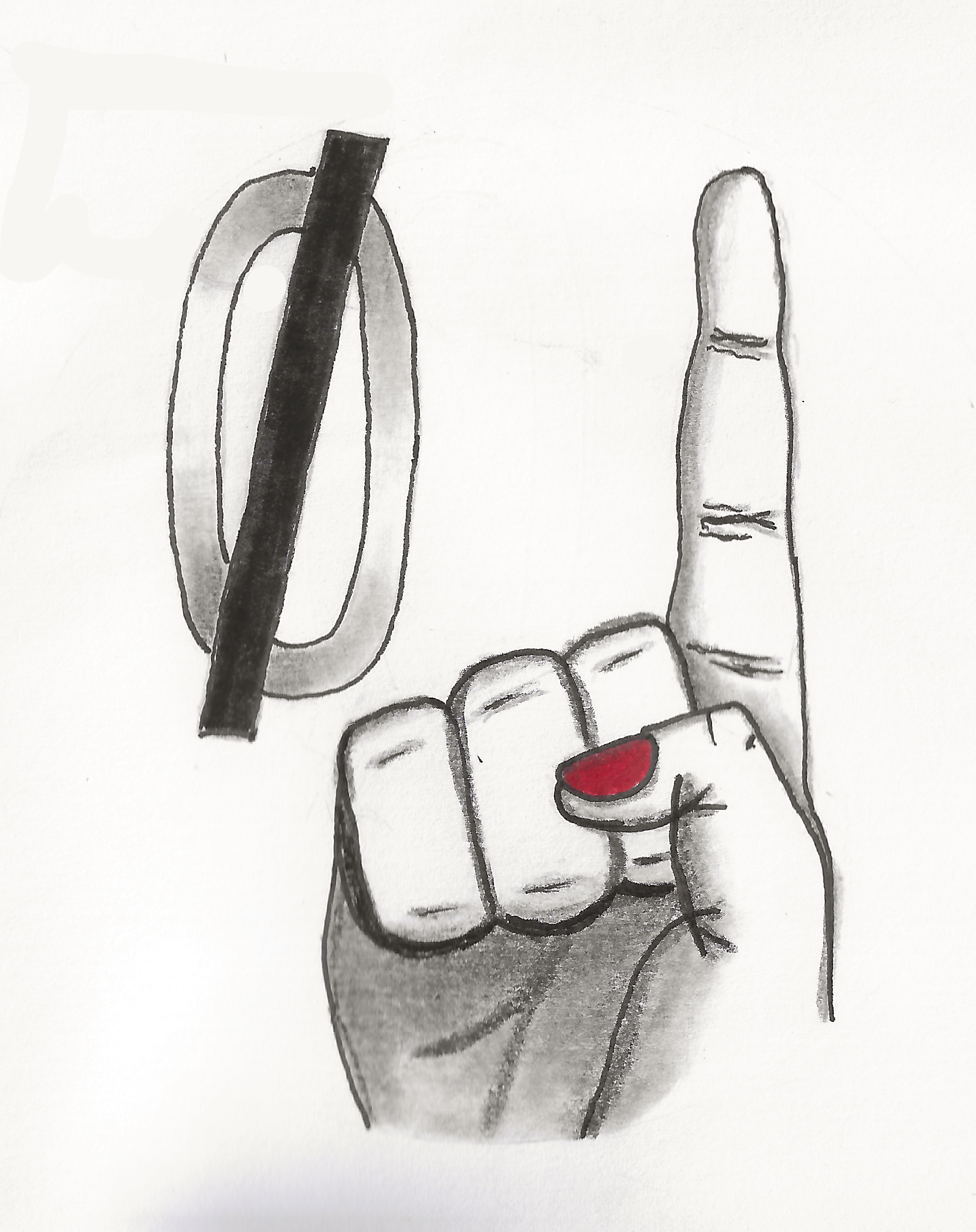
Looks great! What game are you playing there?

Looks great! What game are you playing there?

Gatgetbridge (your link) has a breakdown of devices they support https://gadgetbridge.org/gadgets/ . You can click through the vendors to find devices which are both "highly supported" and "no vendor-pair". Meaning most/all the features work without any reliance on the vendor app.
As for the similarity you are asking about with pixel->GrapheneOS, there are very few watches that can run an alternative open source firmware or operating systems apart from the ones that are already open source, like bangle.js, pinetime, etc. Wearables are even more specialized than phones, they require specialized code designed specifically for them and would likely require pretty extreme effort to reverse-engineer.
I use a pebble 2 HR with gadgetbridge but the watch it self runs the old pebble firmware which gadgetbridge talks to. This is fine for me, but if you are looking for a more modern watch you may have to make some compromises.

The SQLite database is encrypted, though there was a period of time where it wasn't I think which may persist if your DB is older, but the key is stored right next to it on the filesystem. Signal desktop doesn't use your keyring or any of the other available methods to unlock it's database which is why you don't have to enter anything when starting the application, and why you can move it between machines by simply copying the .config/Signal dir. So while they are "encrypted", it's effectively clear text if you have access to the directory the database is stored in.

What makes those methods better?
Disclaimer, I'm at a sortof "advanced hobbyist" level of cad. My understanding of the topological naming problem in general is that it exists in all cad because it is a sortof byproduct of how computers keep track of data about 3 dimensional objects. If you make a cube, all the sides need to have an identifier associated with them. If you put a hole in that cube, you now have more identifiers and have to decide what ordering makes sense. It sounds easy to work around with a cube but when models get really complex it's not so easy, especially when you change something way back at the beginning which creates more or less faces in the middle of the list somewhere.
Freecad isn't making the topological naming problem "go away". They are creating (or rather merging, it's been around a long time) an algorithm that makes a better guess at what the order should be, rather than sticking new faces in the list and reordering without any consideration of what happened after that face was created. This is, as far as I understand, also how other CAD packages do it, and you can still back yourself into a topological naming problem if you try hard enough (or don't try at all I guess) in both freecad with the new changes applied, and in other CAD packages.
So "best practice" is to be smart about the attachment of your geometry thinking about how things might change in the future, rather than clicking the closest face whenever you need a sketch plane. In reality modern proprietary cad is so good at guessing and maintaining consistency that it doesn't matter unless your model is horrendously complex and whoever made it didn't pay any attention to laying out the base sketches in an organized way.
For example if you make a flange but you're not quite sure about the thickness, base the sketch for say, the holes, on the parallel origin and offset it by the height of the pad or the length of the sketched geometry. Or use a spreadsheet or variableset for the value of both the thing that you define the thickness with, and the offset from the origin plane. That way if the value changes, nothing will break.
I made a test model but it isn't something that shows up well in a single screenshot unfortunately. See the "Flange Thickness" and z offset parameters in the property view. I used that for the flange dimensions, and the hole sketch offset.
*removed externally hosted image*
*removed externally hosted image*
Interesting, it is working for me in wayland and the drop down menus are fine but I'm using sway which is a totally different wayland implementation than what KDE is doing. I'm glad you found a workaround.
Unfortunately I don't know what is causing the exact issue you are having, however here are a few things I found when doing this myself that are "gotchas" (not immediately obvious).
This is the reason your fonts are all Times New Roman. Go to that key using protontricks regedit and delete all the font replacements. *removed externally hosted image*
Anything you put in $HOME/.steam/root/steamapps/common/assettocorsa stays there, even if you uninstall the game. If you want to "start over" you have to uninstall the game and then delete the whole assettocorsa directory there, and the wine prefix in $HOME/.steam/root/steamapps/compatdata/244210
AC and content manager work without .net changes in the latest GE but you do need corefonts which you can install with protontricks. If you want to be extra sure you have the right .net you can install dotnet472 but I don't believe this is necessary anymore as it will be installed automatically or is already installed. You may get a wine .net error the first time you launch the game but it's only the first time.
If you choose to use CSP you have to unzip the archive you get from either Patreon or acstuff.ru and manually copy the dwrite.dll file into $HOME/.steam/root/steamapps/common/assettocorsa on EVERY upgrade. The zip installer built into CM doesn't do this correctly on Linux. It will cause rain not to work if you choose to use the Patreon version if you don't do this manual step.
I think you should start over and make sure the assettocorsa directory is clean before re-installing the game. It could be missing fonts, but it's hard to say. You can back it up somewhere if you have data in there you need.

Ehh, for this one in particular it seems to be heavily designed for HOTAS. I bought it last night and played through the first few trainings. There's no horizontal/vertical thrust (EDIT: Well there is if you're in VTOL mode, but that's not the same as other 6DOF games where you can move in any direction at any time) so the default ship flies more like an airplane. I'm not sure if other ships are closer to 6DOF spaceflight but the fact that you can't even bind controls to H/V thrust outside of RCS mode makes me think they aren't.
It's a cool game though. I really want for more non-combat Newtonian space flight games. I just want to fly ships around and not worry about "credits" and piracy and reputation. Like a BeamNG.drive for 6DOF space simulation.

Very nice! I hadn't heard about this game until now. Looking forward to trying it out with my HOSAS.

Ah, I didn't want to make any negative assumptions about your disability. Yeah if you can get an off the shelf one that would be much easier. I have no experience with the CSL series (or any commercial wheel, I went from the t300 to a 15nm peak ffboard+odrive wheel), but I hear they are pretty good. What you will get from the more powerful and expensive models is increased detail at low power in addition to the obvious higher output as far as I understand.

Have you considered building one of the open source wheel projects like openFFBoard (github page)?
You get direct drive power with open source software and can source a motor and parts more easily. OpenFFBoard has a custom controller and driver which you can buy but you can also make it work with dev boards and odrive/vesc if your ability to order parts is limited. The ffboard does make it easier if you can buy just that one part though https://www.elecrow.com/open-ffboard-stm32f407-usb-interface-only.html
That said, and to answer your question as best I can, I used a T300rs for a while and it was fine, but both thrustmaster and fanatec suffered (and still do a bit) from some reliability issues. But no belt drive wheel is ever going to compare to a direct drive wheel.

"simple" ... I'm not sure that word is used correctly here lol

Sway for a little over a year now (on an AMD gpu). I switched for mixed refresh rate support and VRR. VRR requires a workaround in sway but works better in others, like hyprland, however I like sway's tiling better so I stuck with it. Also the absence of tearing in anything, ever, is worth it to me. I have two vertical displays and it was really hit or miss on X11. Sometimes GPU acceleration would just decide not to work in browsers and I'd have to restart them because smooth scrolling would turn into a stop-motion film. That's never happened since switching to sway.
EDIT: I used i3 before

TIL the Cammus C5 works as a generic HID Force Feedback device in Linux. That really makes up for the weird marketing.
I try to spread things out as much as possible among the games I have. AC and EA WRC right now but I have lots of hours in DR2.0 and AMS2 as well. AC and AMS2 are the fastest to get from startup to driving in single player, so I lean towards those if I'm time constrained.

FreeCAD is the way it is mostly because it's not optimized by multi-billion dollar companies with teams of developers and UI/UX engineers. It's very much the do-all-the-steps-your-self CAD package.
That said, there are loads of bad or outdated video tutorials out there, and generally people tend to find one way to do a thing and then market their video as THE way to do it. Treat FreeCAD like Linux, there are lots of "correct" ways to use it, and also don't expect it to be something it's not.
If you feel comfortable with it, it would be cool for you to make a short video of where you are stuck, or where you feel you are doing unnecessary steps, and maybe we can help you reach our goal in a simpler way?

The fact that "toms" hardware is reporting on this is pretty coinci(dental)

Step file for wheel side flange is here https://www.printables.com/model/729742-wheel-adapter-for-thrustmaster-r383-mod-rally-whee

This is so cool! I will remember this when I'm tempted to buy new shiny sim rig parts that someone built something 20 times as nice as what I have out of cardboard, automotive switches, and vape juice bottle tops (among other things).
Nice! I have X4 but haven't played past the flight tutorial because I got input binding fatigue a little. I should go back and finish that up =].
Been playing a little Flight of Nova lately because I like the Newtonian physics and semi-manual orbital mechanics it offers. I think X4 can do that too if you disable flight assists I just never got to that point.